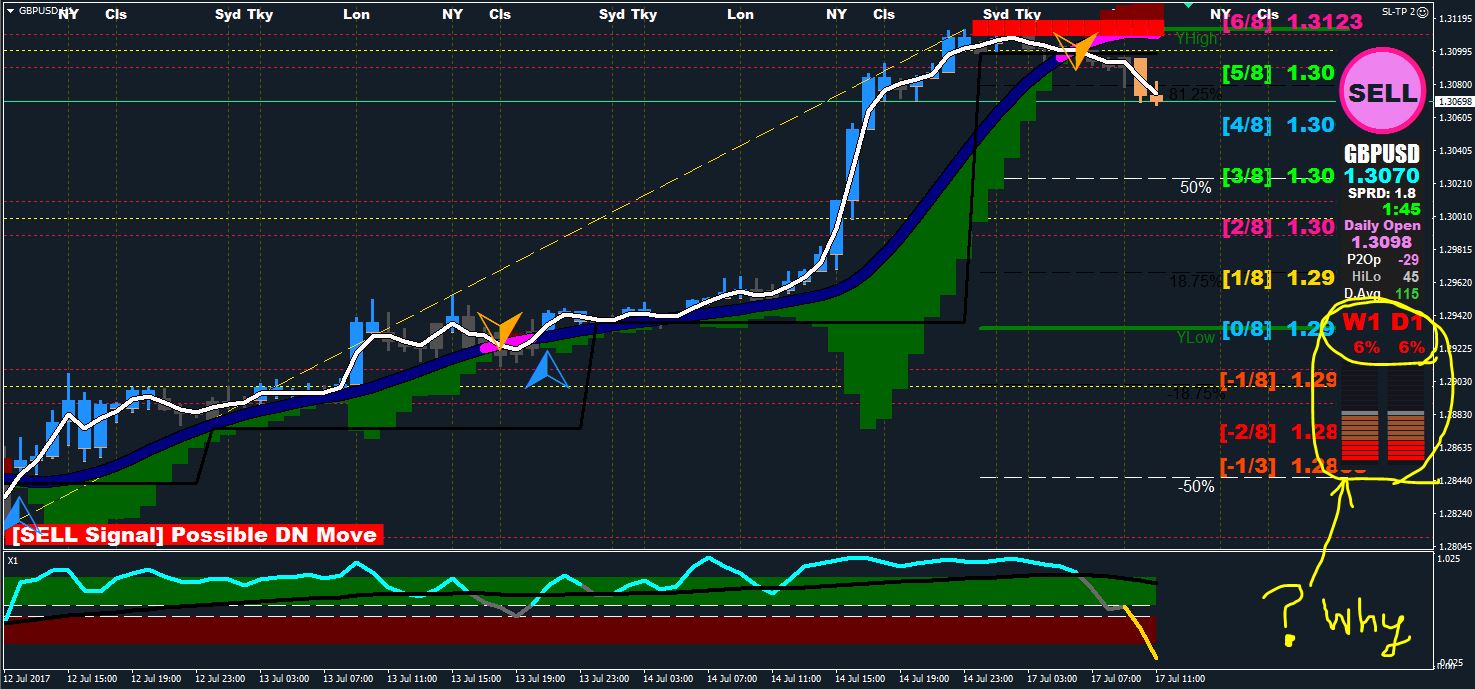Markets directly attack and function based on the emotional and psychological functions that make us human. To trade markets profitably oftentimes requires us to reverse engineer our emotions and do the opposite of what we feel like doing. But this approach is easy to talk about; hard to follow.
Instead of relying on some sort of finger-in-the-air intuition or a feeling to take trades, you can systematize your trading and only operate under the rules of your system. And with the new bull run underway, there is no better time to get serious about your trading. The best way to do so is by creating a reproducible and reliable system.

Risk Parameters:
The first step to building a trading system is laying out concrete rules for your risk management. You can have the best entry signal in the world for a system, but if it fails to hit just a single time with untamed risk, your system is all for naught, and you are back at square one. The industry standard for risk management starts with a consideration of how much you are willing to lose per trade. The typical place to start for risk percentage per trade is 2%. The key here (and for all of trading) is being self-aware of your risk appetite and finding a sweet spot that allows you to maximize profits without losing focus due to thoughts of a losing trade.
Other things to consider regarding risk include, but are not limited to:
- Total risk limit across all of your trades
- Adjustments during winning/losing streaks
- Risk percentage based on trade types and time frames (scalps, swings, etc.)
- Leverage/margin
Entry & Exit Signals (With Backtesting)
The biggest advantage to using a system is the elimination of human discretion, which is often flawed and overly influenced by emotion. When you find a system that is profitable, the system eliminates the need to decide when to take a trade and when not to. You simply enter and exit when the technical parameters are met, with confidence, knowing (due to backtesting) that over time, the strategy will prevail regardless of the immediate result of the trade being opened that moment.
An endless amount of technical signals can be used to enter trades in a system, from moving average crossovers to oscillator divergences to simple support and resistance flips. For the sake of explanation, we will use a bearish SFP signal seen in the snapshot of a single two-week time span that occurred on the recent Bitcoin chart.
The confirmation of a bearish SFP is as follows: when price moves above a recent swing high, only to close back below said swing high on the same candle that moved above the swing high, a Bearish SFP is confirmed. You enter at the close of the swing failure pattern candle with a stop above the wick and a target at recent local lows. Let’s look at how this strategy has performed over the past two weeks to determine the next important aspect of a trading system — our win rate.
By determining the number of trades based on the bearish SFP parameters that are winners and dividing that number by the total number of trades — which could potentially be taken historically based on the signal of the bearish SFP — you can find your win rate. In this case, the win rate of this signal based on a historical recording of four instances of the signal, is 0.5, or 50%. The total number is low for visualization purposes. The larger the number of total trades backtested, the more accurate the data. Preferably, you want to backtest strategies as far back as you can.
Reward:Risk Rules
After you establish the win rate of your system, you can determine the lowest reward:risk ratio of your trades that will allow you to remain at least at break even.
In this example, a win rate of 50%, allows you to take trades with a reward:risk ratio of 1:1 or better. This means, if you are taking trades where you are risking more than you stand to make (reward), the win rate of your system would eventually wipe out your funds. On the other hand, if you had a win rate as high as 98%, you could take trades where you were risking 50x what you stood to make, and you’d still have a system that broke even.
The factors you can include in systematizing your trading are endless, and typically, the more specialized you can make it, the better. Actively managing trades — including stop adjustments, partial profit taking, and closing a loss early — is something that will increase the profitability of a system beyond the simple signal itself. Tweaking things is best done by use of effective journaling over time, jotting down what does and does not work and using backtested data to prove said occurrences. The work required to develop a system is made up for by the peace of mind you’ll have, knowing that, in the long run, if you follow the system, you’ll be profitable.
Exchanging a sporadic and uncertain method of entering and exiting trades with a binary (do or do not) and precalculated systematic form of trading will benefit not only your financial health, but also your mental health. The wild west crypto markets are fast-paced and loaded with surprises. This bull market is likely to magnify these characteristics. Protect your sanity and your wallet. Create your very own trading system, and watch the Bitcoin rise with your well being.
